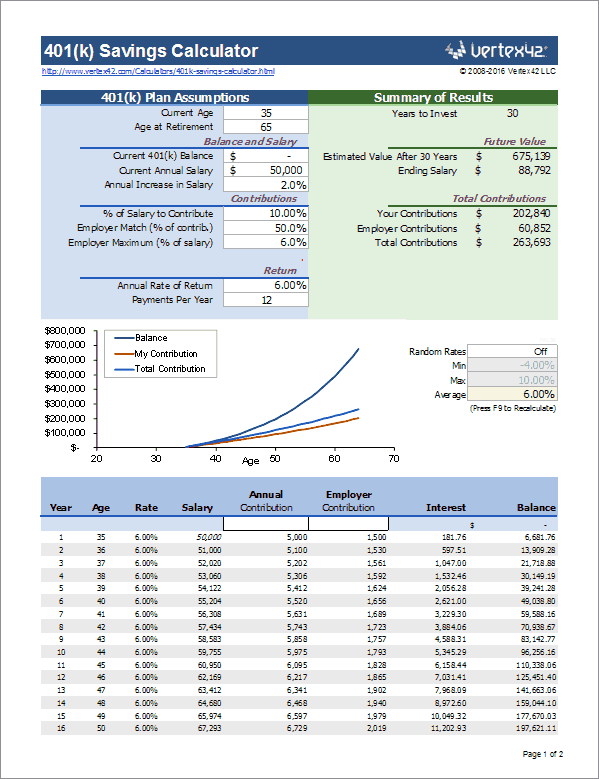

There we had:īTC lowest value after peak value = 3178.62īecause the maximum drawdown of BTC is more significant (over four times), we can state that BTC involves much more risk than SPY. On the other hand, Bitcoin experienced its maximum drawdown during December 2017 and December 2018. Therefore, SPY maximum drawdown = -19.33% SPY lowest value after peak value = 222.83 You can verify both results in our maximum drawdown calculator.įor the SPY, we have the biggest drawdown to be around March 2020, when the OMS declared the COVID-19 a pandemic disease. Let's evaluate the maximum drawdown of the S&P500 index ETF, the SPY, and compare it to the most famous cryptocurrency, Bitcoin. LP – Lowest value after peak value and.The maximum drawdown formula is quite simple:
#Investment drawdown calculator full#
Smart About Money's living annuity drawdown calculator should not be used in place of financial advice.ĭetermining appropriate income drawdown levels is best done with comprehensive financial advice that takes into account your personal circumstances and provides a full explanation of all the risks you may face despite the projected outcome.We've discussed the definition of maximum drawdown, so it's high time we told you how it's actually computed. When using a living annuity to provide an income in retirement you do not know how long you will live and should therefore plan for the longest life expectancy - around 30 years if you are retiring at age 65.

This volatility or the order in which you earn returns can have a significant impact on your drawdown level and the length of time your savings will support your income. Instead, you may earn a high positive return one year and a negative return the next. You will not earn the average annual returns of all the funds in a unit trust category and you will not earn an average return each year throughout your retirement. However, past performance is no guarantee of future performance and the returns you actually earn may be very different. The results are based on the performance of relevant unit trust fund categories representing the investment strategies over the past 10 or 20 years. This calculator is offered as a guide only to give you insight into how long your savings could support a particular income level. Please be aware that this calculator is not intended to provide personalised advice or recommend an appropriate drawdown for you. The calculator illustrates this by showing you the value of your income over your retirement years in today's rands.As your capital is eroded, this maximum drawdown will be off a smaller base, resulting in a rapid decline in your income in after-inflation terms. If you reach the maximum amount you can draw – 17.5% of your savings - your income can no longer increase and its purchasing power, or after-inflation value, will decrease.The calculator assumes you will increase your income by the inflation rate each year, which means your annual drawdown rate will change each year.The returns used for these strategies are based on the average returns achieved by the relevant unit trust fund categories over either 10 or 20 years to December last year. The calculator allows you to test an income level assuming your savings are earning returns in line with one of four different investment strategies.Your annual drawdown rate must be between 2.5% and 17.5% each year.Your chosen income level will equate to a percentage of your annual capital in the living annuity and this is known as your annual drawdown rate. Use this calculator to test how long your savings invested in a living annuity will support the income you want in retirement.


 0 kommentar(er)
0 kommentar(er)
